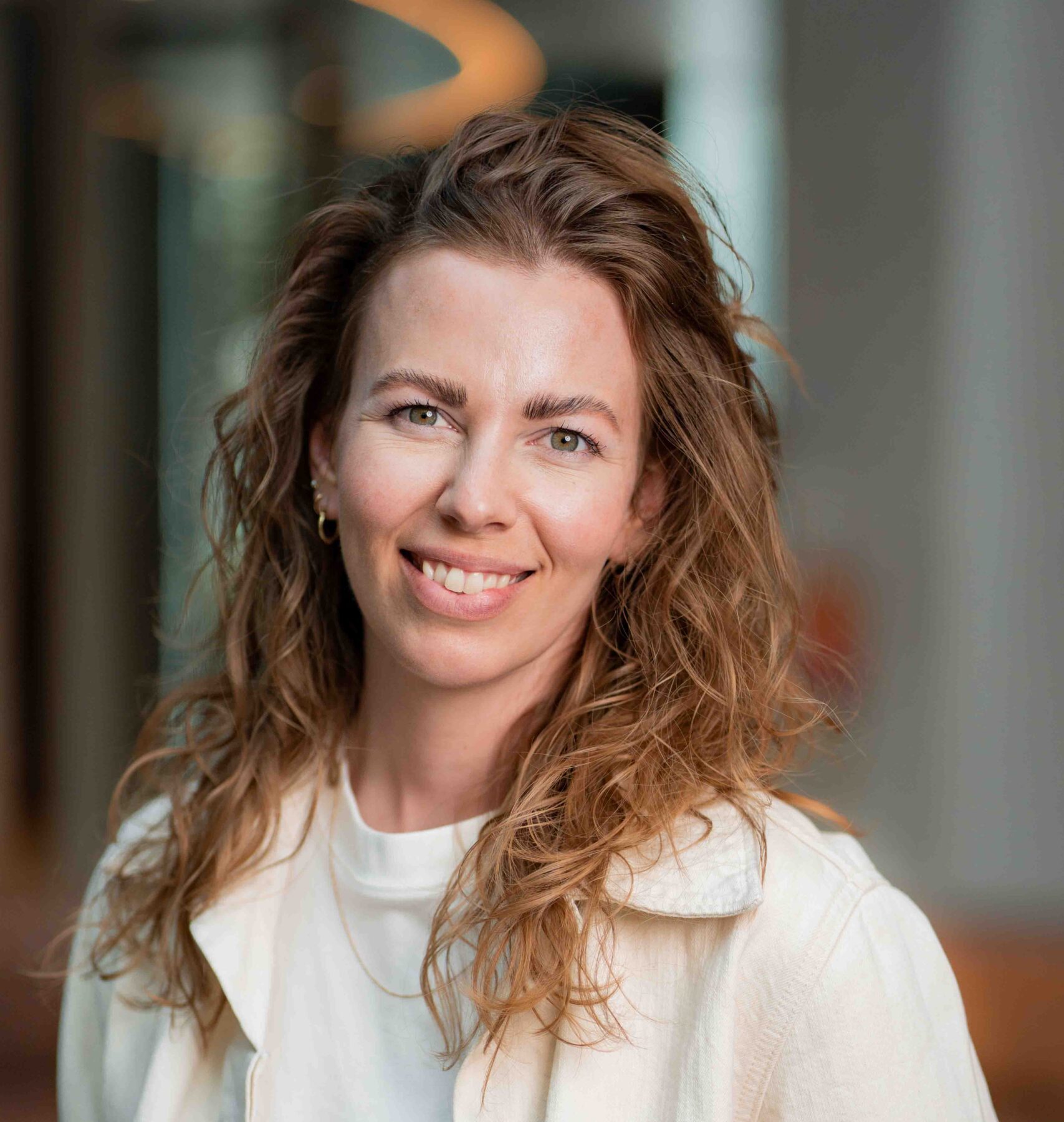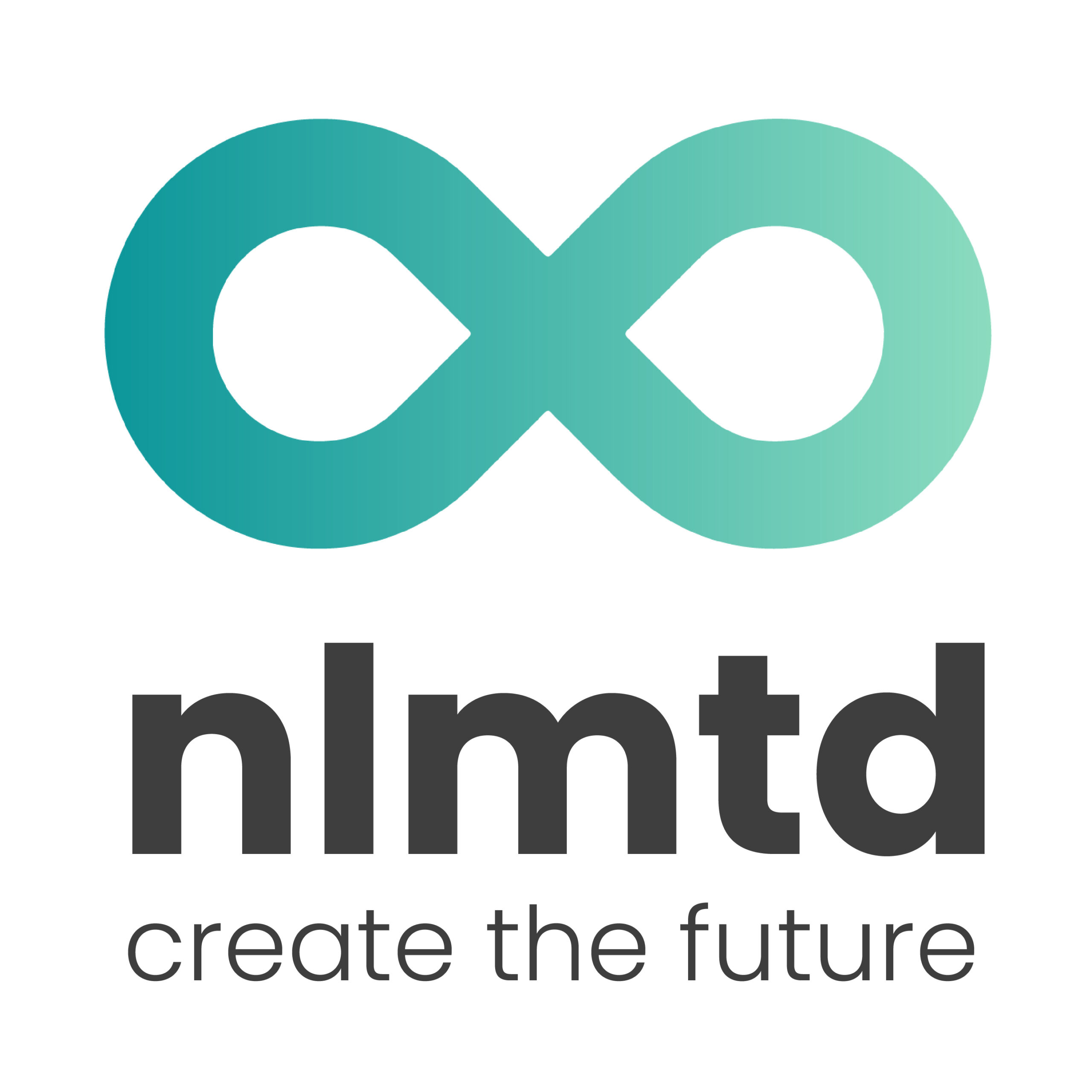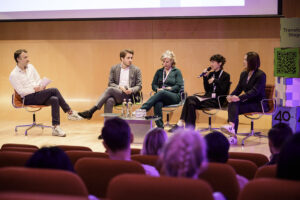
Sanne Russcher
Manager
Sanne is a driven, creative, and committed leader with experience in change management, program management, and team development. With her analytical eye, Sanne puts her finger on the sore spot and knows how to initiate valuable change. She likes to use her skills in teams for social issues such as energy transition.
Share this article
From loose teams to effective collaboration in capabilities
Data as the foundation of energy transition
Energy transition puts unprecedented pressure on the electricity grid. To keep supply and demand in balance, more and more insight into the network is needed: where are cables and pipes located, what is the capacity of a station, and how much power goes through a transformer? This requires reliable asset data, both static and dynamic, and a department that intelligently manages and applies that data.
This is why the Asset Information Management (AIM) department plays a key role at Enexis. AIM is responsible for the quality, accessibility, and application of asset data and serves as the link between business and ICT. Pieter Janssen, manager of the department: “Without good data, we cannot cope with the energy transition. We used to calculate the grid once a year; now we want almost continuous insight. That is only possible if our data is correct and we know how to work with it properly.”
But working together in a strong technical team is not always obvious. In 2024, the department was realigned into four capabilities to address data issues end-to-end as a team. The new format worked, but at times, collaboration stalled. Consultations ran stiff, decisions were difficult to make, and frustrations remained unspoken.
From rigid consultation to shared ambition
Pieter engaged nlmtd with a straightforward assignment: help us improve collaboration and further develop the capability structure. Not just for teams that were getting stuck, but for the entire department. Sanne Russcher, change manager at nlmtd: “The question was: what’s going well in the new structure, where is the tension, and how can we ensure that these teams are better able to divide their work and make decisions themselves? I looked at three tracks: governance, organization, and behavior & culture.”
Listen, analyze and act immediately
Sanne therefore tackled it broadly:
- Interviews with staff, cluster managers, and other stakeholders.
- Observations during various consultations.
- Interventions during sessions: break silences, discuss awkward points, and follow through when necessary.
- Temporarily filling a managerial role to ensure a smooth transition to a new manager.
That mix of analysis and direct guidance ensured that it didn’t just stop at a report, but that the first improvements were immediately visible.
Four keys to better collaboration
Four clear themes emerged from the analysis:
- More direction and vision – Teams needed clarity: what are we about, what is our long-term direction? Often, work was done ad hoc, whereas a clear vision could yield greater long-term impact.
- Meetings that really deliver – Agendas came at the last minute, roles were unclear, and many people sat in on meetings without actively contributing. By agreeing on preparation, roles, and attendance, meetings became more efficient.
- Making decisions and taking action – Sometimes a decision gets stuck because of too much input, sometimes because of too little response. The challenge: making decisions and ensuring they are supported.
- A culture of dialogue and appreciation: people found it difficult to express their tensions or irritations. Expressing frustrations often came after a meeting, not during it. Also, successes were hardly ever mentioned. Becoming aware of communication patterns, practicing with feedback , and celebrating successes should strengthen cooperation.
The first effects are already visible
Although the implementation is still in full swing, the department is already noticing a difference. Meetings are more structured because agendas are better prepared, and the right topics are on the table on time. In addition, a concrete process has been established for distributing new work. Where requests used to come in ad hoc and sometimes unclear, they are now clarified in advance via a central mailbox and then quickly assigned. Pieter Janssen aptly summarizes the change: “Just the fact that we wanted to evaluate and improve did a lot. Sanne brought structure and started conversations that we didn’t have before. As a result, we are already seeing a difference in how teams work together.”
The importance of nlmtd
Both substantively and humanly, nlmtd made the difference. Pieter: “Sanne named what others didn’t dare, but always in a way that opened the dialogue. She brought interventions that could have been confrontational, but never felt threatening. As a result, people were really talking.” Sanne also indicates: “I always try to hear and see people – even if they are sometimes critical – while at the same time offering perspective. By both listening and asking questions, teams gained the confidence that there was something to be gained. That makes people participate and not drop out.”
Ready for the next phase in digitization
Responsibility for improvements now rests with AIM’s management team. With the outlined structure, processes, and agreements in place, the department has everything it needs to maintain this. More importantly, the AIM department has a stronger foundation to fulfill its crucial role in Enexis’s digitalization. Pieter concludes: “It was a journey about collaboration with direct impact on our content. The smoother we work together, the better we can use data for the energy transition. And that’s what it’s ultimately about.”





